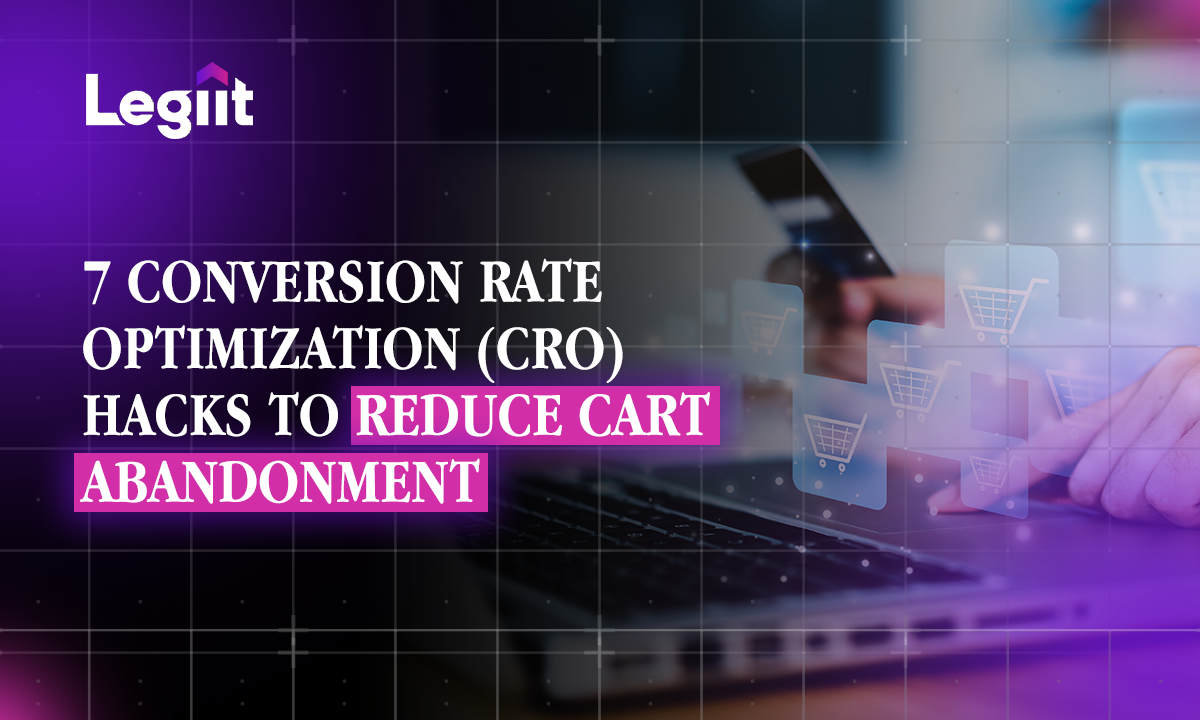Visual content is a powerful way to tell a story, and with marketing infographics, you can help your business reach new heights.
Infographics have the potential to communicate complex topics quickly and effectively, enabling you to reach a wider audience, drive conversions and make your business stand out from the competition.
With the right approach, your business can unlock the potential of visual content and take its marketing efforts to the next level.
In this blog post, we'll explore what a marketing infographic is and how you can use them scale content marketing for your business.
We'll also look at different types of infographics, how to create an effective marketing infographic, and how to use them in your content marketing strategy.
Plus, we'll provide some tips and tools to help you create your own infographics. So let's dive in and unlock the power of visual content!
What are marketing infographics?

An infographic is a visual representation of information or data. It can take many different forms, from a simple bar chart to a complex interactive graphic that includes diagrams and illustrations.
The key is to present complex information in a visual format that is easy to understand and engaging for your audience.
For example, you can use them to promote your products or services by explaining information in a creative way.
Typically, they are designed to educate customers or prospects by sharing facts, statistics, or insights related to a specific topic.
The goal is to engage your audience and drive a certain action, such as promoting your product or driving traffic to your website.
Because visuals have the power to retain more attention than words, why don’t you use them to quickly convey ideas, facts, and data about your business?
Popular types of infographics
#1. Data visualizations
Data visualizations show the relationship between numbers and other data points. You can create these in graphs, diagrams, or charts, among other formats.
For example, if you’re creating an infographic about changes in sales over time, you might include a line graph that displays these figures visually.
#2. Graphical illustrations
Another common type of infographic is a graphical illustration. These can take many forms, including cartoons, comics, and visuals that include stock images.
You can also choose to illustrate a data visualization or other data point with a graphical image.
#3. Text-based graphics
Another type of infographic is a text-based graphic. These can take many forms, but they generally include a mix of images, diagrams, and text.
Text-based graphics are a great way to put together infographics that are both visual and easy to read.
#4. Interactive infographics
An interactive infographic is an engaging way to tell your story and educate your audience.
This emerging trend in infographics allow users to click on different parts of the image to view additional information or take an action.
Now that we’ve looked at the available infographic options, let’s answer the question of the day. Are infographics really beneficial? Let’s see!
Benefits of using infographics in content marketing

There are numerous advantages to using infographics in content marketing, which is why they have seen the greatest increase in usage among B2B marketers over the last four years, reaching 67% in 2020.
#1. They stand out from the crowd. With so many companies producing content, it’s increasingly difficult to cut through the noise and get noticed. Visual content is one of the best ways to stand out from the crowd and get noticed.
#2. They are easier to understand. Data visualization is a powerful tool for helping readers understand complex topics, like business results or industry trends.
Visual content is far easier to understand than long blocks of text, which means your readers are more likely to understand the information you are sharing.
#3. They are more memorable. Visual content is easier to remember than other types of content, which means your readers are more likely to remember your company.
#4. They are more likely to be shared. Most content is seen once and then disappears, but visual content is more likely to be shared, which means you can reach a wider audience.
#5. They help define your brand’s voice: With so many channels at your disposal, it’s important that your content resonates with each audience. An infographic can help you define your brand’s voice and make your content more relatable to your customers.
#6. Infographics are easy to create. With the right tools and resources, anyone can create an effective infographic.
Do you feel convinced that this is the right strategy your business can leverage in 2024? Let’s take a look at how you can create one for your business, and if you stick around, you’ll get more incredible ideas that can get you started.
How to Create an Effective Marketing Infographic
Creating an effective marketing infographic is not as difficult as it may seem. Here are some tips to help you create an effective infographic:
#1. Know your audience: Before you start creating your infographic, it's important to understand your target audience. Who are you trying to reach? What type of content will they find interesting?
#2. Choose a topic: Once you know your audience, it's time to choose a topic for your infographic. Think about what your audience would find interesting and relevant.
#3. Collect data: Once you have chosen a topic, start collecting data to use in your infographic. Make sure to use credible sources. If you’re not sure how to get started, it's always good to outsource to a content marketing strategist who can give you ideas within your industry that you can use.
#4. Design your infographic: Now it's time to design your infographic. Choose a layout that is visually appealing and easy to read.
#5. Add visuals: Adding visuals such as images, charts, and diagrams will make your infographic more engaging and easier to understand.
#6. Use clear text: Make sure to use clear, concise text. Use simple language and avoid using too much jargon.
#7. Optimize for SEO: Make sure to add keywords to your infographic to help with search engine optimization (SEO).
#8. Include a call to action: Make sure to include a call to action (CTA) to encourage your audience to take the desired action.
Ideas for creating your own marketing infographics

There are so many different ideas you can explore when it comes to creating your own marketing infographics.
You can choose to create a general infographic that can be used across all your marketing channels, or you can create specific infographics for each channel.
Here are some ideas to get you started:
Create an infographic to highlight a stat or insight related to your industry: If you want to start out simple, you can create an infographic that highlights a stat or insight related to your industry. This can be a great way to position yourself as an industry expert and drive more traffic to your site.
Create an infographic around your product or service: If you have a product or service, you can create an infographic around it to provide more information to your customers and prospective customers. This is a great way to boost conversions and drive more traffic to your site.
Create an infographic to promote your blog posts: Another way to use infographics in your content marketing strategy is to create an infographic to promote your posts. This is a great way to re-engage readers and drive more traffic to your site.
Examples of successful marketing infographics
There are many examples of successful marketing infographics. Here are a few examples of successful marketing infographics from brands that have leveraged the power of visual content:
Old Spice: Old Spice is famous for its “smell-vertising,” and it created one of the most successful marketing infographics ever with its Man-Man-Man-Bull advertisement. The ad received over 3 million views, helped the brand gain more than 1 million new social media followers, and increased sales by 44%.
Lululemon: Lululemon created an infographic that showcased the versatility of its products and how they can be used in different ways. The infographic received over a million likes, helping the brand increase its Facebook engagement by 98%.
General Electric: GE used infographics to promote its energy-efficient products and increase brand engagement on social media. The brand’s interactive energy infographic was viewed more than 10,000 times per day and drove a 12% increase in traffic to GE’s website.
Looking at other people’s success stories is enticing until you’re faced with the same responsibility. And the obvious question is how to get started.
Will you be able to replicate the success? Well, it depends on your effort and approach. Let’s see how that can be done!
How to Use Marketing Infographics in Your Content Marketing Strategy

Once you have created your infographic, it's time to start using it in your content marketing strategy. Here are some tips for using infographics in your content marketing:
Add it to your website: Adding your infographic to your website is a great way to increase visibility and engagement.
Post it on social media: Posting your infographic on social media is a great way to reach a wider audience.
“On social media, infographics are shared three times more than other content types.”
If you don't know how to profit from this, it might be a good idea to hire a social media marketing expert to help you run the errands while you focus on other aspects of the business.
Incorporate it into your blog posts: Infographics are an excellent way to add visual interest to your blog posts.
Include it in email newsletters: Including your infographic in your email newsletters is a great way to engage your subscribers.
Promote it on other websites: Promoting your infographic on other websites and blogs is a great way to increase visibility and reach a wider audience.
Tools for Creating Infographics
There are many tools available to help you create infographics. Here are some of the most popular tools:
Canva: Canva is a web-based design tool that makes it easy to create infographics.
Adobe Spark: Adobe Spark is a web-based design tool that enables you to create stunning visuals, including infographics.
If you’re wondering how this can be done since you don’t have the right set of skills, then it might be appropriate to outsource your graphic design to professional graphic designers at legiit.
They are the best the world has ever seen—and the good thing is you get service at a fraction of the cost.
Conclusion
In this blog post, we explored what a marketing infographic is and how you can use it to help your business grow through content marketing.
It may sound like a go-to idea at first, but you can’t do it alone!
You need the right tools and resources, you can create engaging infographics that will capture your audience's attention and help you reach your marketing goals.
And there is only one place to get all that done—legiit freelance marketplace!
All you need is content marketing ideas to spice up your infographics and boost your content marketing campaigns, and you can hire a graphic designer to carry out the task for you.
So start creating your own marketing infographics today and unlock the power of visual content! What are you waiting for?













 Download
Download